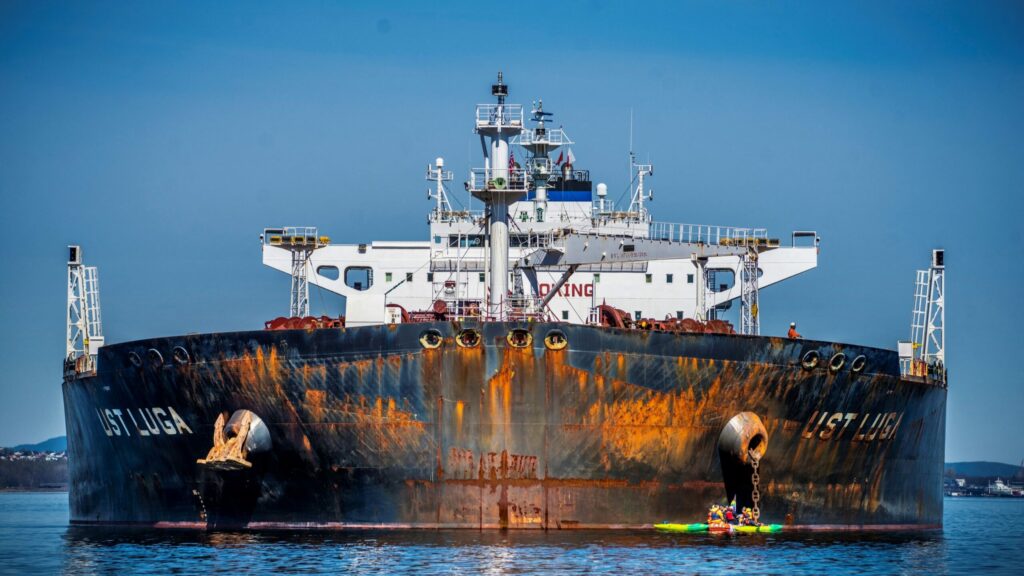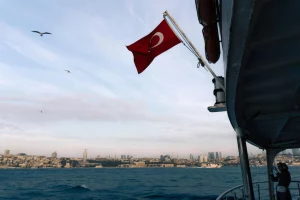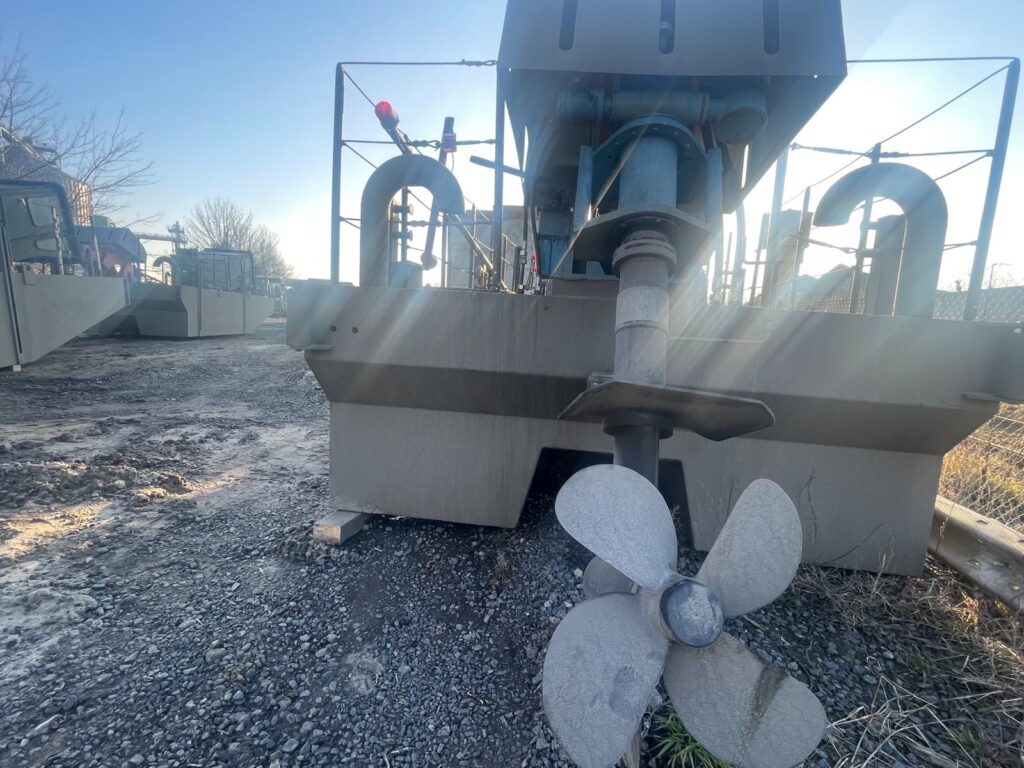Russian federation could not “import substitute” tankers from the EU

Due to the shortage of tankers, russia is forced to sell oil at prices below 60 dollars per barrel.
The EU banned almost all seaborne imports of Rosneft 5 in December. Before the introduction of restrictions, almost half of export raw materials were transported on ships owned by European companies. Subsequently, this share fell to about one quarter, and russian federation is trying to fill the gaps with “shadow” tankers.
Thus, due to EU sanctions, russia had to redirect exports to China and India. As early as the beginning of 2022, European buyers took 89% of crude oil from russian ports, while India bought almost nothing. A year later, the situation has changed: 85% of cargo goes to Indian ports, only 6% remains in the Mediterranean, writes Bloomberg.
The trade route of a russian barrel tripled from 3,000 miles in early 2022 to 9,000 miles after sanctions were imposed. Since the fleet of russian federation is forced to make deliveries over long distances, it becomes stretched. This, in turn, increased the length of time cargo was on the water and the number of vessels needed to maintain the flow.
Due to the shortage of tankers, russia is once again relying more and more on vessels from the EU. Now the share of exports transported by European tankers has exceeded one third. This is important, because shipowners from the EU are prohibited from transporting Rosneft if the cargo costs more than 60 dollars per barrel.
Voyage times on key routes, as measured by vessel tracking data, show that a tanker takes 66 days to complete a round trip from the Baltic or Arctic to India’s west coast. Most russian shipments to China are unloaded at ports in Shandong province, which involves a 123-day round trip from the Baltic.





